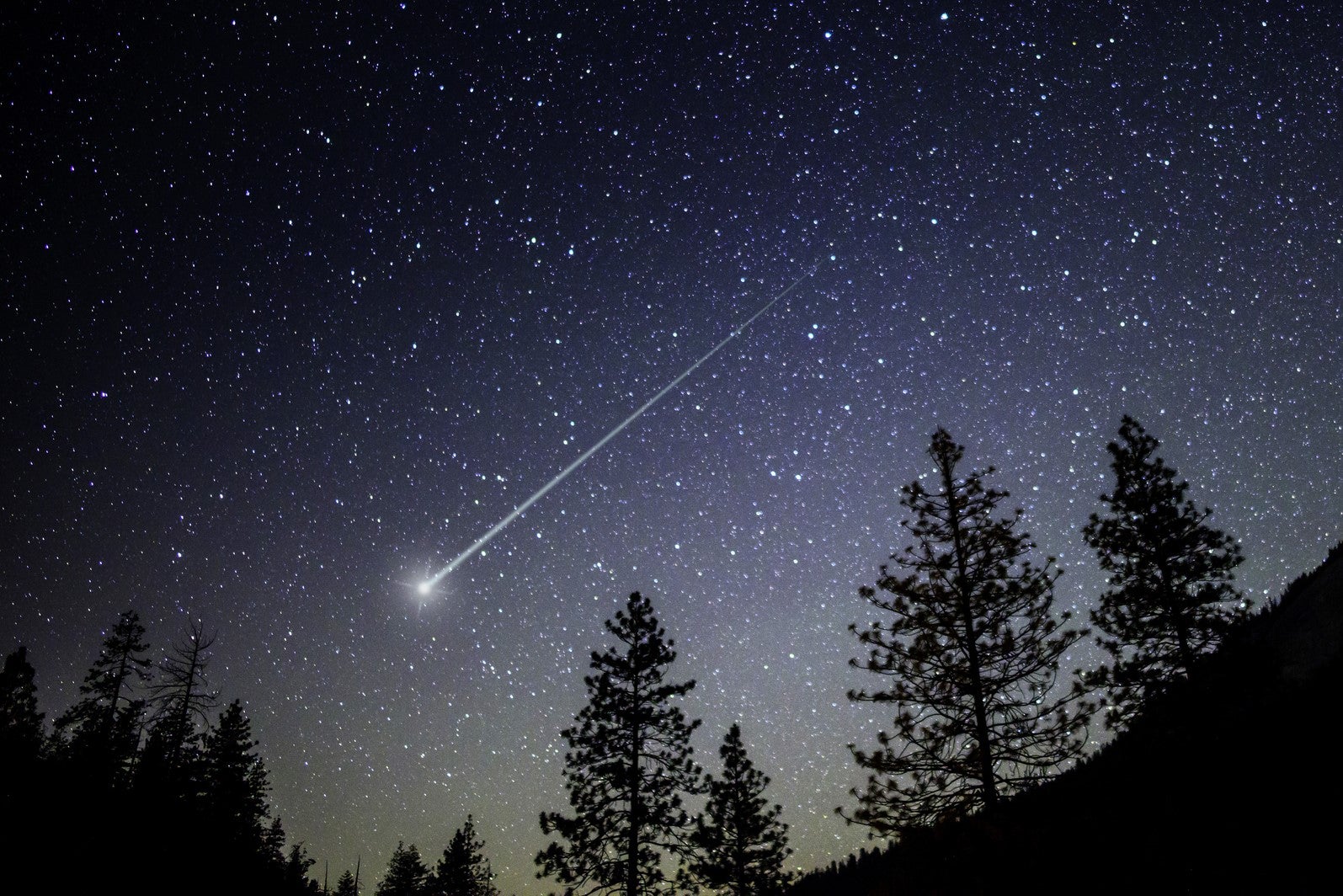Where to see the northern lights in the UK and US this weekend
Celestial spectacle will coincide with the Perseid meteor shower
Your support helps us to tell the story
From reproductive rights to climate change to Big Tech, The Independent is on the ground when the story is developing. Whether it's investigating the financials of Elon Musk's pro-Trump PAC or producing our latest documentary, 'The A Word', which shines a light on the American women fighting for reproductive rights, we know how important it is to parse out the facts from the messaging.
At such a critical moment in US history, we need reporters on the ground. Your donation allows us to keep sending journalists to speak to both sides of the story.
The Independent is trusted by Americans across the entire political spectrum. And unlike many other quality news outlets, we choose not to lock Americans out of our reporting and analysis with paywalls. We believe quality journalism should be available to everyone, paid for by those who can afford it.
Your support makes all the difference.The northern lights will make a rare showing in parts of the UK this weekend, appearing alongside the biggest meteor shower of the year.
Two massive plumes of plasma erupting from the Sun, known as coronal mass ejections (CMEs), will collide with the Earth’s atmosphere on Friday and Saturday night, bringing auroras to southerly latitudes, space weather forecasters have announced.
The UK Met Office and the US National Oceanic and Atmospheric Administration (NOAA) have both predicted that the peak of the aurora borealis displays will come on Saturday.
“During the morning of the 10th a CME is expected to arrive, leading to enhancements of the auroral oval,” the Met Office’s forecast stated.
“Peak geomagnetic activity is expected during daylight hours, but some residual overnight activity may result in a slight enhancement of the auroral oval during the night of the 10th into the 11th.”
The northern lights will be visible across Scotland, and could stretch further south depending on the strength and impact of the CMEs.
In the US, NOAA said the aurora will be visible “over some northern and upper Midwest states from New York to Idaho”.

The celestial spectacle will coincide with the peak of the Perseid meteor shower, which will see up to 100 ‘shooting stars’ flash across the sky every hour on Sunday night.
Skies are expected to be clear over most of the UK on Friday and Sunday night, according to the latest forecast from the Met Office, though large parts of England and Wales will be covered in cloud on Saturday night.
The best place to view the meteors and auroras is in areas with low light pollution, with Nasa urging anyone keen on seeing them to leave urban areas.
“Get out of the city! Try to get to the darkest location you can,” the US space agency noted on its website.
“The darker it is where you are, the more meteors you will see streaking across the sky.”
Join our commenting forum
Join thought-provoking conversations, follow other Independent readers and see their replies
Comments